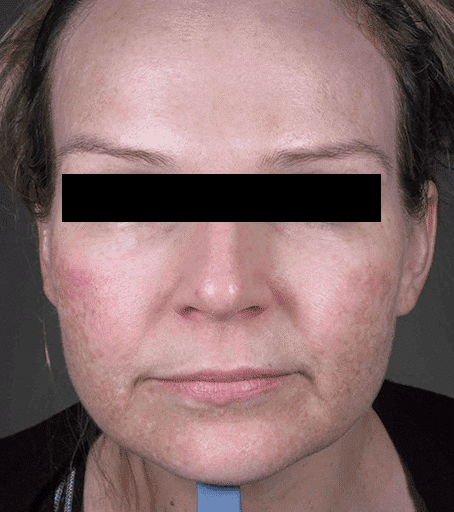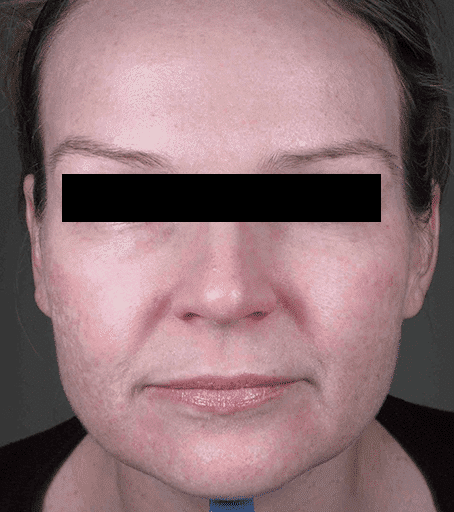
- Early intervention for surgical scars leads to better results- Simple treatments such as silicone gel, tape, and strapping can be effective- Raised scars can be treated with vascular lasers and fractional lasers with laser assisted drug delivery (Alma Hybrid).










Scientific research indicates that scar revision should commence as soon as feasible. This involves utilising silicone, anti-inflammatory agents and fractional lasers in the early stages to prevent and even reverse skin scarring.

Raised surgical scars can be treated using a variety of methods, including:
1 -Topical or injected Corticosteriods
-Silicone tape
-Vascular lasers
2 - Fractional lasers with laser assisted drug delivery/sonophoresis
Depending on the individual case, the most effective approach may involve a combination of these treatments, based on clinical assessment.

If the surgical scar is:
-Thin and matches the skin color: silicone tape or gel may be used
-Red and raised: anti-inflammatory injections and vascular lasers, as well as silicone, can be effective
-Brown and raised: steroid injections and picosecond lasers may be used.
-Brown only: picosecond lasers may be employed
-Red only: vascular lasers can be useful.

Scars and Lasers are nationally well-known clinics providing the largest range of scar treatment lasers in New Zealand. The types of lasers we employ include: -
A) Alma Hybrid - Combination of ablative CO2 with non-ablative laser (1570)
B) Vascular laser eg V Beam Perfecta, ExcelV
C) Picosecond laser
D) Fraxel
Our laser collection changes frequently as we introduce new innovative lasers and devices to the practice.

PIH or brown hyperpigmentation can be effectively treated with picosecond lasers, which accelerate pigment clearance by tenfold. Typically, 2-5 sessions are needed over a period of 3-8 months to achieve the desired results. If left untreated, PIH can become permanent, which is why it's essential to initiate treatment as early as possible.

Red scars, known as post-inflammatory erythema (PIE), are more prevalent in individuals with lighter skin and typically indicate early scarring, usually within six to eight months following surgery. To treat PIE, vascular lasers are the recommended course of action, typically requiring 2-5 sessions over a period of 3-6 months.

Subcision is a technique used to raise scar tissue by disrupting the fibrous bands that hold scars down. There are several methods for performing subcision on scar tissue, including needle subcision and blunt cannula subcision. For most cases of depressed scarring, 1-3 sessions may be required, depending on the amount of correction needed. Subcision can be a valuable tool for improving the appearance of surgical scars.

Depressed or atrophic scars can be difficult to treat, as most will have some degree of bound-down tissue. Subcision is an excellent starting point for these types of scars. Our dermatologists may also use the following techniques: - Saline injections for mild atrophy- HA dermal fillers for moderate atrophy. The appropriate treatment option will depend on the severity and complexity of the scar.

The number of treatment sessions needed for scar removal can vary depending on the type of scar. Here is a general guide: Suture line scars: 1-3 CO2 laser treatments
Red scars: 2-4 V Beam laser sessions
Brown scars: 2-3 Picosecond laser sessions
Atrophic scars: 1-3 subcision and/or filler sessions
Raised keloid/hypertrophic scars: 2-6 treatments, however, the actual number of treatments required will depend on the individual case and may vary accordingly.

Dermatologists may employ microneedling to treat mildly elevated scars, as well as post-inflammatory hypopigmentation. After microneedling, we generally use diluted anti-inflammatory agents to reduce the height of the scar and soften its appearance.
For all appointment enquiries, medical referrals and urgent enquiries please contact us at info@scarsandlasers.co.nz or (09) 524 5011.
